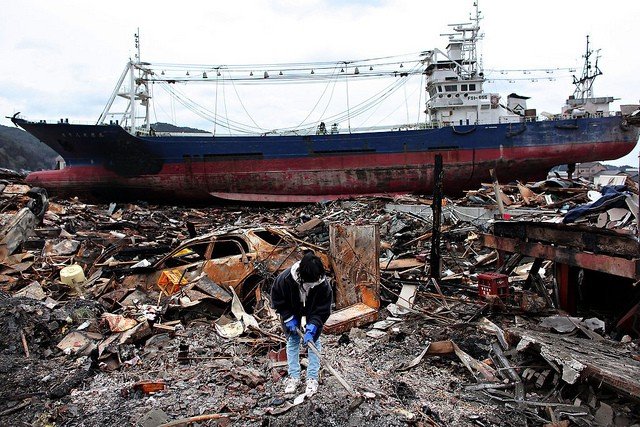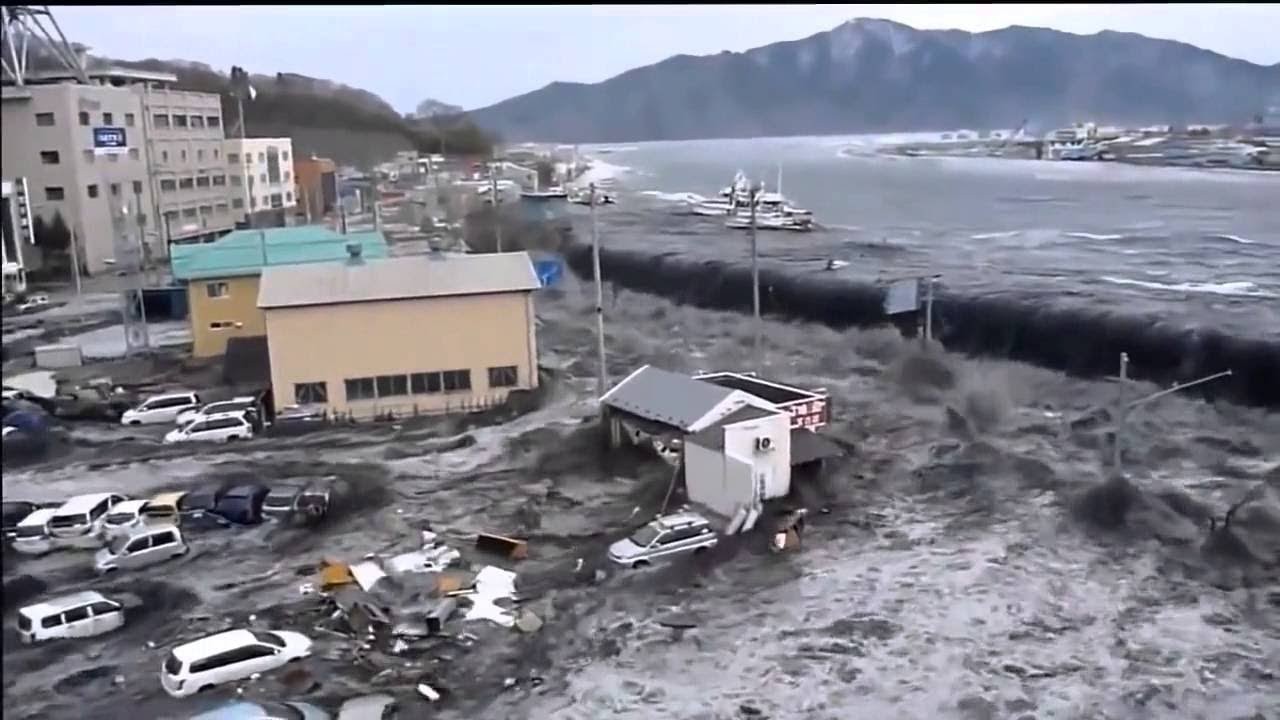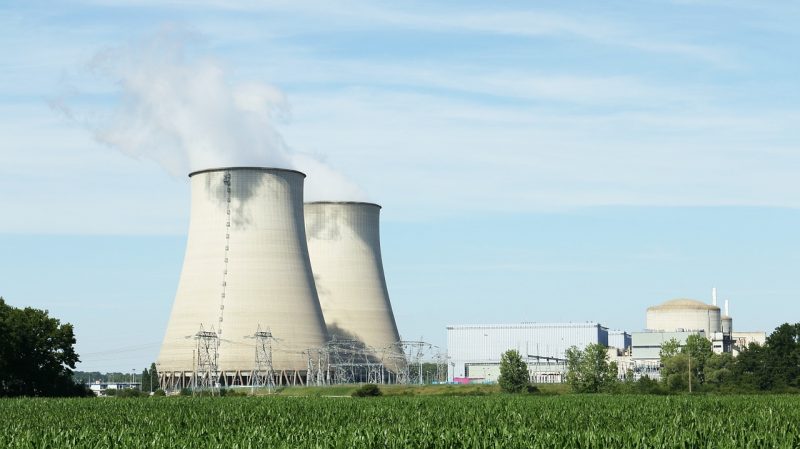The Tohoku earthquake and tsunami on March 11, 2011, were events that shocked the world with their devastating power and tragic consequences. The disaster left a trail of unprecedented destruction, affecting millions of people and transforming the Japanese landscape and society. In this article, we explore some of the most impactful facts about this event, highlighting the magnitude and complexity of the consequences it caused.
Table of Content
The Earthquake: Numbers that Leave Marks
The Tohoku earthquake, with a magnitude of 9.0, was the fifth largest ever recorded in global history. The amount of energy released was an impressive 480 megatons, equivalent to 600 million times the energy of the Hiroshima bomb. To put it in context, the energy of this earthquake exceeded the combined energy of 32,000 earthquakes of magnitude 6.0.
The tremor lasted about 5 minutes, causing such intense shaking that it moved Japan's main island, Honshu, 2.4 meters closer to North America. In addition, the earthquake caused a shift in the Earth's axis of 10 centimeters, shortening the length of days by 1.8 microseconds.
Japan's earthquake alert system, one of the most advanced in the world, managed to send a notification to the residents of Tokyo 1 minute before the tremor reached the city. However, even with this technology, the impact was devastating. More than 900 aftershocks were recorded in the following months, and just 45 minutes after the main earthquake, 3 secondary tremors of magnitude 7.0 or greater occurred.
The force of the earthquake also altered the underwater landscape. An area of 180 km wide of the seabed was displaced by up to 8 meters (26 feet), which contributed to the formation of the massive tsunami that followed.

Tsunami: A Wave of Devastation
The Tohoku earthquake generated a devastating tsunami, with waves reaching heights of 40.5 meters (133 feet) in Miyako, equivalent to a 13-story building. This tsunami is widely regarded as one of the largest in modern history, and to put it into perspective, a tsunami of just 3 meters is already classified as extremely dangerous.
The city of Sendai, one of the hardest-hit areas, saw the waves advance 10 km inland, covering a total area of 561 km². In addition to Japan, the tsunami had global effects, even displacing icebergs in Antarctica. It is estimated that the total area of icebergs affected was 125 km².
The reaction time for the residents of Sendai was short. They had only 8 minutes to evacuate before the waves arrived. Despite the alerts, only 42% of the population managed to move in time, and tragically, more than 101 designated evacuation sites were destroyed by the tsunami, further worsening the situation.

The Fukushima Nuclear Disaster
The tsunami also triggered a catastrophic nuclear crisis at the Fukushima Daiichi plant. The waves, which reached a height of 15 meters, flooded the facility and caused failures in the cooling systems of the reactors. This resulted in 3 complete nuclear leaks, forcing the evacuation of over 100,000 people and contaminating a vast area around it.
The severity of the accident was classified as level 7 on the International Nuclear Event Scale, the same level as the Chernobyl disaster. Japanese authorities established a 25 km exclusion zone around the plant, with long-term effects on the life and economy of local communities.

Consequences: An Unfathomable Impact
The estimated total cost of the disaster is over 300 billion dollars, making it the most expensive natural disaster in history. The destruction was extensive: more than 45,700 buildings were completely devastated, and over 230,000 cars and trucks were damaged or destroyed.
The number of lives lost is distressing: 15,828 people have been confirmed dead, with 3,760 people still missing. Of the victims, 378 deaths and 158 disappearances were children, and 236 children were left orphaned as a result of the disaster. The trauma and loss have profoundly affected Japanese society, which has had to cope with grief and the challenge of rebuilding its communities.

Wrapping Up
Despite these frightening statistics, it's important to remember that Japan remains an exemplary country when it comes to preparedness for natural disasters. Seismic tragedies are a reality for the country, but the rigor in construction, early warning technology, and the culture of prevention help save countless lives. In comparison, the annual number of deaths in Brazil due to violence and traffic accidents is far higher than the number of victims from decades of earthquakes and tsunamis in Japan.
If you want to know more about the history of natural disasters in Japan, also read:
These pieces of information remind us of the impressive strength of nature, but also of the resilience and determination of human beings to overcome and learn from challenges.
